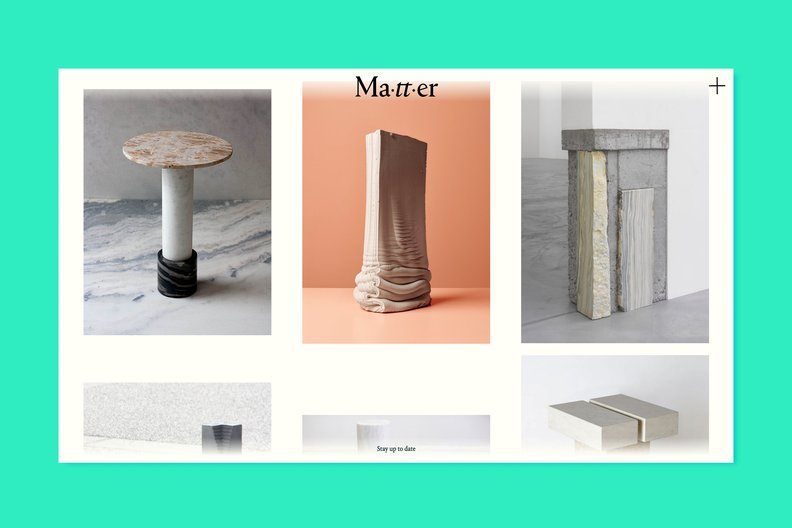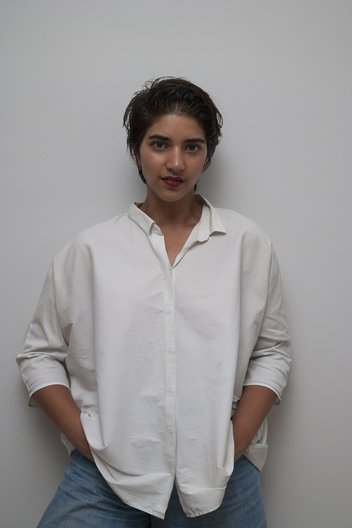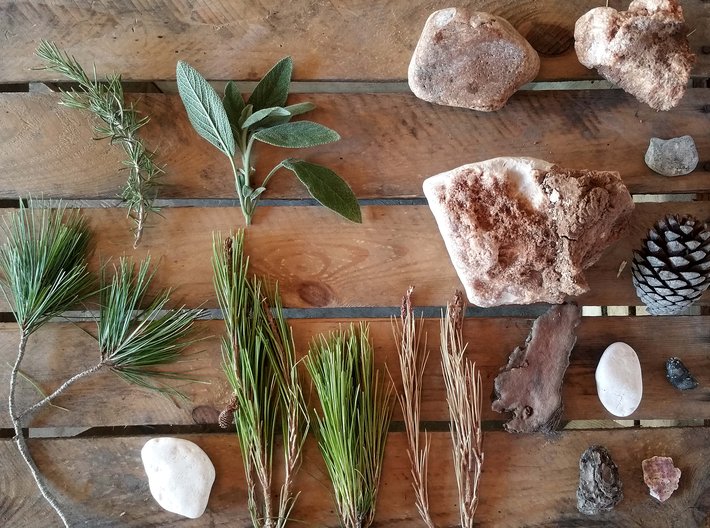14 September 2017
Design Connections 10x10 will return this year on Tuesday 19 September, showcasing a selection of the best emerging design talent in the UK. We caught up with speaker Seetal Solanki from Ma-tt-er to find out more about her practice.
Hi Seetal, tell us about your practice. . .
Ma-tt-er is a materials research design studio revealing the potential of all materials and applying them in a responsible and accessible way. We work across a variety of sectors such as architecture, beauty, design, education, editorial, fashion, food, interiors, technology. We have a design studio, consultancy, school, library and a platform.
The material is a conduit between all sectors and people as everything is made of something. Whether it be your laptop you’re typing on, the mug you’re drinking your morning coffee from or even the food you’re eating and the plate that you’re eating it out of; they are all made from a material and have a sense of purpose and meaning to our daily lives.
By harnessing the unexplored potential of materials we can implement social, economic, environmental and political change. We are aiming to understand what are we made of; whether that be a product, fashion, food or ourselves, we are all made of something and that is the material.
What are you working on at the moment?
Quite a number of exciting projects. For London Design Festival this year we are collaborating with SPACE10 IKEA’s Future Living Laboratory. This involves an exhibition, workshop, and talks on Saturday 23rd September at Protein Gallery in Shoreditch.
We are exploring Material Spaces of Tomorrow. We are exhibiting pieces which explore nostalgia, colour, the absence of materials in a space with a VR experience, ownership with an AI experience, the physicality of digital matter and comfort. The balance of physical and digital materials is a very conscious decision as they are equally important to the coexistence of material spaces of the future.
I’m actually in the planning process of going to teach at the Royal College of Art on the Information Experience Design course and the Interior Design course which I’m so thrilled about. Education is such a big part of Ma-tt-er. Having the opportunity to guide the new generation of designers and this can create such an impact of how they could design and manufacture in the future in a much more responsible way.
What impact do you hope to see through your work?
Materials can affect and influence a positive social, economic, political and environmental change. Whether a material comes from a natural source or is grown in a laboratory there is ultimately a place where it originates from. These materials can travel from far away places or super local affecting trade, imports, exports, have ethical implications and ultimately culture.
The culture of materials is a big area in our work and is something that I personally am discovering with my own ancestry.
Design can create and influence such positive change, bring people from a variety of sectors together to tackle issues that need to be addressed and can ultimately create policy change. Whether it be a bottom up approach or a top down approach both are equally important and need to coexist.
I was lucky enough to give a talk and workshop at Beirut Design Week through the British Council in 2016. This trip really highlighted some of these thoughts as the country is facing a garbage crisis whereby there are no landfills anymore; the designers were creating their products and objects with the garbage which could provide such an impact to their own society without the help of the government.
Not that I think it’s important to glorify waste and make desirable as that doesn’t mean we are addressing the key issue but this approach highlights what design can do. Designing for necessity.
Tell us about something you’ve seen that’s inspired you recently?
I was in Copenhagen this June visiting KEA Material Design Lab and the tutors introduced me to Sasha Duerr’s Seasonal Colour Wheel chart. The wheel was developed as a tool for Sasha’s natural dyeing workshops which maps her local area in the San Francisco Bay Area with ingredients and plants local to her, connecting her to her community and also providing a visual representation of colour in her local environment. Mapping materials and colour is something I’m kind of obsessed with right now. This map of Africa’s natural resources is one that shows such promise yet so many politics.
Tell us about something you’ve worked on that’s made you feel proud.
When I first launched Ma-tt-er in September 2015 I put on an exhibition which was open to the public exploring the materiality of the five senses. A complete stranger was telling me how I’ve created a space with Ma-tt-er where they felt like they could belong. That means so much to me as Ma-tt-er is a place where I want it to be representative of people that may not have been understood as textile and material designers are largely misunderstood and something that resonates with me on so many levels.
Apart from that, having my parents understand what I do for a living has been one of my proudest moment to date.
To hear more about Seetal's work, join us at 7pm on the 19 September on Facebook as we livestream the whole of Design Connections 10x10 from Second Home.
Category
British Council Project
Location
UK




